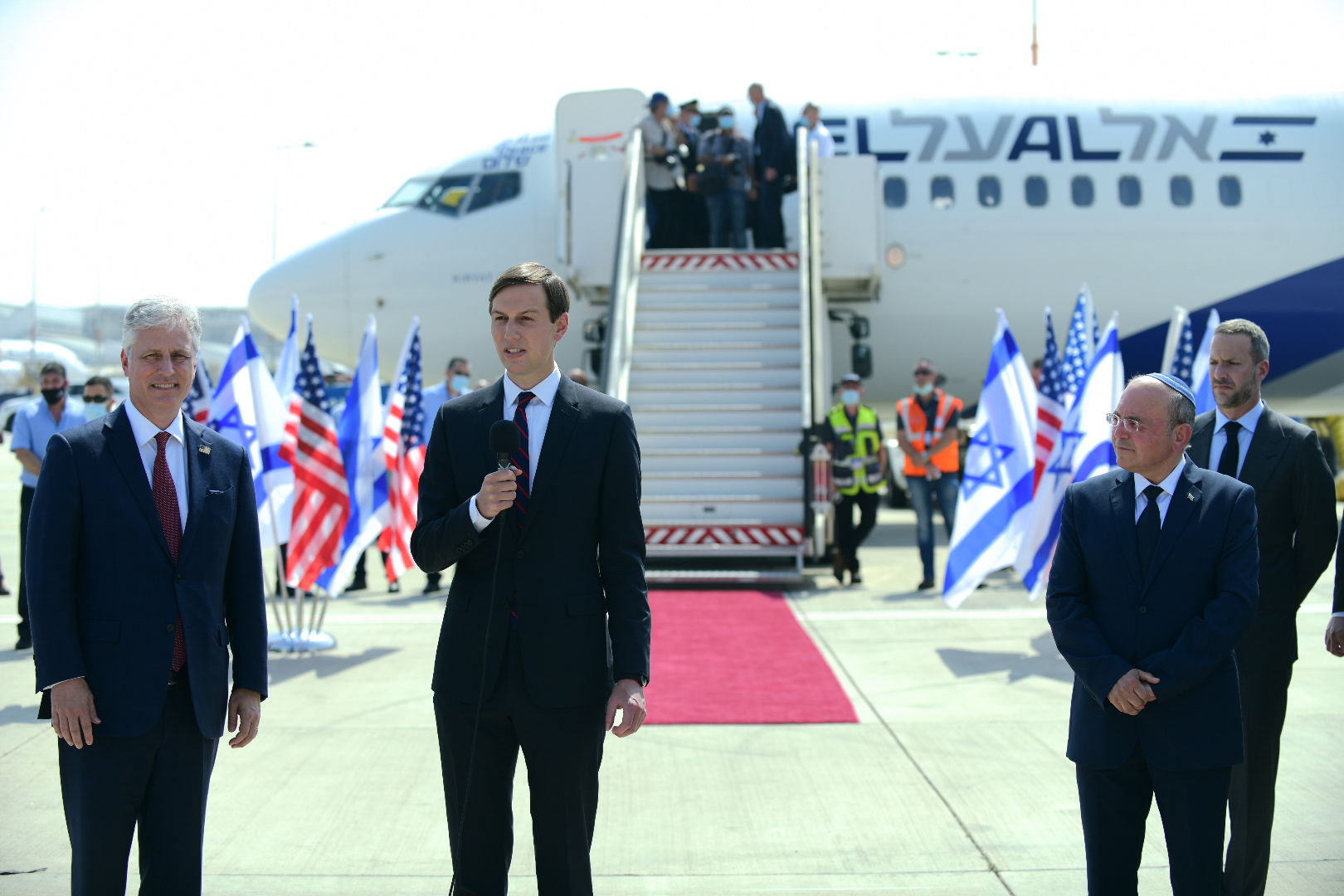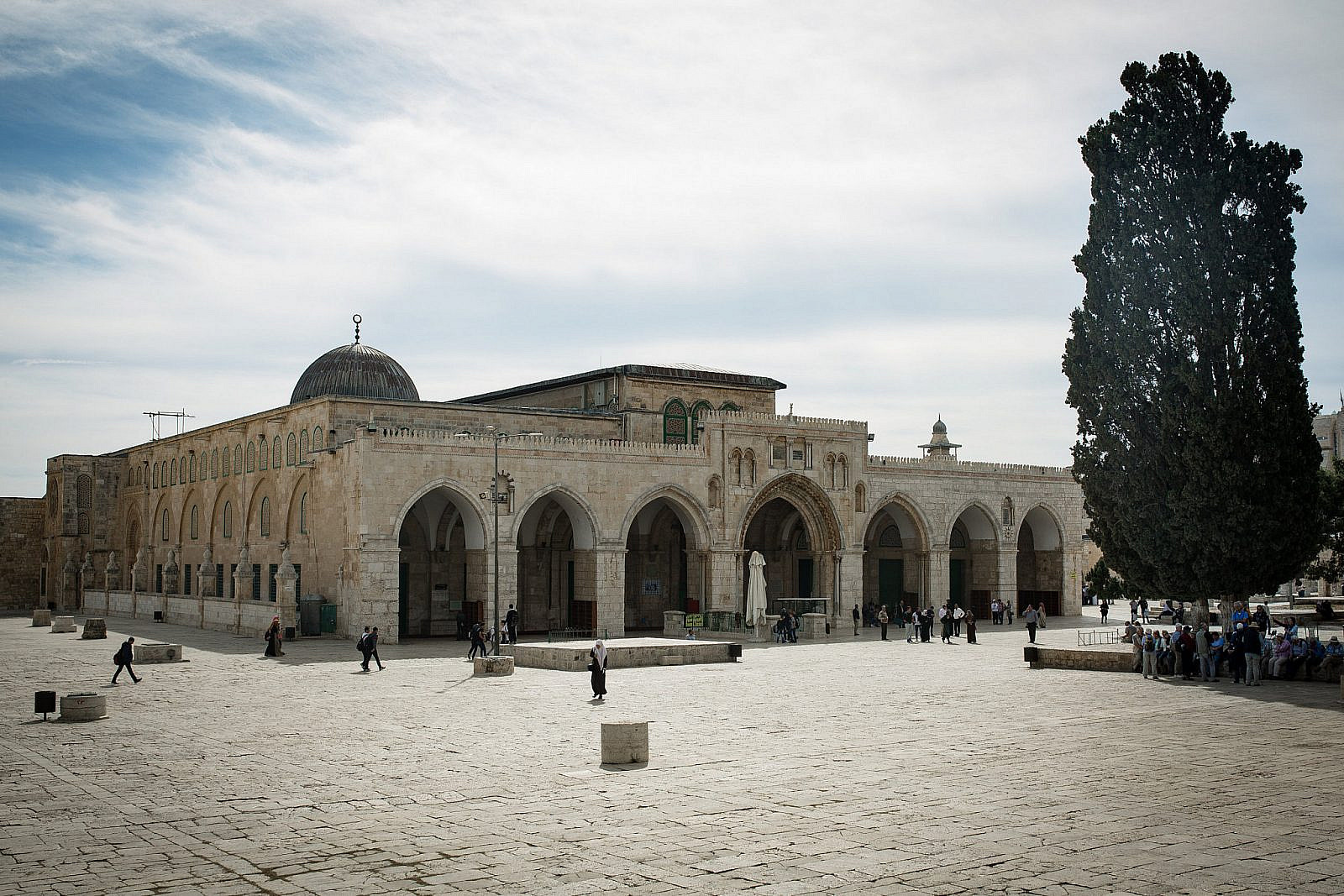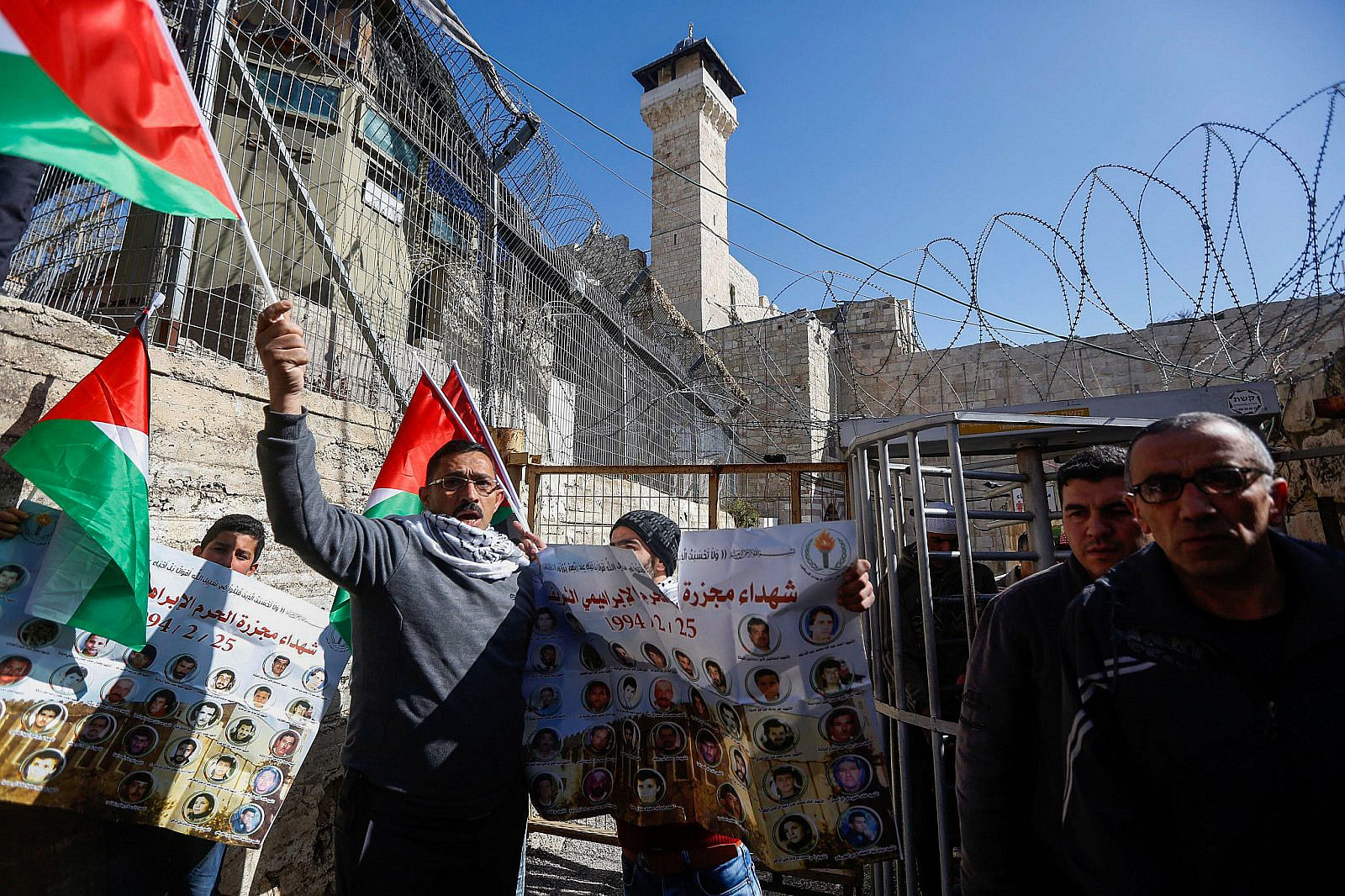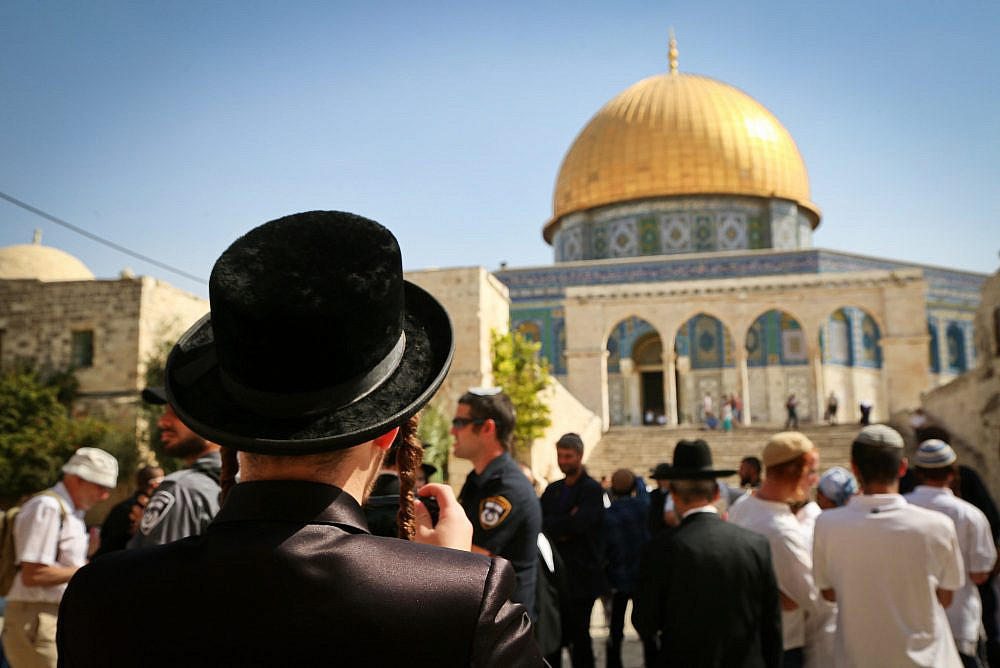The pomp and circumstance that surrounded Monday’s “historic” flight of Israeli and American officials from Tel Aviv to Abu Dhabi was a sight to behold. Two weeks ago, on August 13, U.S. President Trump, Emirati Prince bin Zayed, and Israeli Prime Minister Netanyahu announced that they had reached an agreement to normalize relations between the UAE and Israel. Since the details of the accord have yet to be fully concluded, the trilateral joint statement announcing this seminal event was, unsurprisingly, short on detail and long on florid rhetoric.
However, hidden among the officials’ lofty language is a carefully worded exception, which reads: “As set forth in the Vision for Peace, all Muslims who come in peace may visit and pray at Al Aqsa Mosque, and Jerusalem’s other holy sites should remain open for peaceful worshippers of all faiths.” While this may appear to be an uncontroversial statement, the wording in fact has profound, and potentially dangerous, implications.
The line relates to the volcanic core of the conflict between Israelis and Palestinians over Jerusalem, and in which the Arab and Muslim worlds are stakeholders: the so-called “status quo” surrounding the Temple Mount/Haram al-Sharif. This status quo emerged in the wake of the 1967 war, when Israel occupied the Old City of Jerusalem, and with it took control of the Western Wall, the holiest site in Judaism, and the Al-Aqsa Mosque and Dome of the Rock, two of Islam’s holiest sites.
While there is no universally accepted definition of the status quo, one of its pillars was best articulated in a formal declaration made by Netanyahu in 2015, expressing the position of every Israeli prime minister since 1967: “Israel will continue to enforce its longstanding policy: Muslims pray on the Temple Mount; non-Muslims visit the Temple Mount.” No statement by Netanyahu since then has deviated from that declaration.

While the Trump plan released in January 2020 designated an undivided Jerusalem to exclusive Israeli sovereignty, it also stipulated that “the status quo at the Temple Mount/Haram al-Sharif should be continued.” And yet, in the following sentence, the plan contradicts that very position: “People of every faith should be permitted to pray on the Temple Mount/Haram al-Sharif.”
This provision, which would allow for Jewish prayer on the Mount, is an explicit departure from the status quo as defined even by Israel, at least until the Trump plan. It was no accident: Nadav Shragai, a journalist and expert on Jerusalem’s holy sites with close ties to the Netanyahu government, recently revealed that this was a clause “which Prime Minister Netanyahu’s staff co-wrote with the Americans.”
The provision was so controversial in the Arab world that the Trump administration was quickly compelled to walk it back, issuing a clarification that “there’s nothing in the plan that would impose any alteration of the status quo that’s not subject to agreement of all the parties. So don’t expect to see anything different in the near future, or maybe in the future at all.”
That should have laid things to rest. But it didn’t.
Not a misstep
On the face of things, the line in the August 13 joint statement appears to enshrine the status quo. A closer look in fact reveals the opposite.

While the Trump plan speaks of access to “the Temple Mount/Haram al-Sharif,” the joint statement speaks specifically of access to “the Al-Aqsa Mosque,” not the Haram al-Sharif. Consequently, according to Israel (and apparently to the United States), anything on the Mount that is not the structure of the mosque itself is defined as “one of Jerusalem’s other holy sites,” and therefore open to prayer by all — including Jews.
This precise wording is the culmination of a long political process. In the years after 1967, a movement emerged that was largely, but not exclusively, led by the extreme nationalist-religious Jewish right, which sought to radically alter the status quo on the Temple Mount. Some of the activists called for Jewish prayer on the Mount; others sought to build a synagogue alongside or even in place of the mosques. Perceived as an eccentric fringe five decades ago, this movement has since gone mainstream. Known today as the Temple Mount movement, it now enjoys the support of Netanyahu’s ruling Likud party.
Accordingly, under the terms of the UAE-Israel accord, the Temple Mount is effectively being transformed from a Muslim site open to the respectful visits of non-Muslims into a “shared” Jewish-Muslim holy site. This conception is similar to Hebron’s Tomb of the Patriarchs/Ibrahami Mosque — the site where settler Baruch Goldstein massacred Muslim worshippers in 1994, and which has been physically divided and under the control of the Israeli army since.
This vision of a “shared” holy site is the pinnacle of the Temple Mount movement’s strategic aspirations — and one of the Palestinians’ deepest fears.

Both the Israeli prime minister and the U.S. negotiating team fully understand the significance of every word and every nuance relating to Jerusalem, particularly when it comes to the Temple Mount/Haram al-Sharif. As such, this choice of terminology is neither random nor a misstep, and cannot be seen as anything but an intentional, albeit surreptitious, attempt to leave the door wide open to Jewish prayer on the Mount, thereby radically changing the status quo.
Jerusalem is a wise and kind city to those who treat her complexities with the reverence they deserve. And it is a cruel and vindictive town for those who ignore or treat those complexities cavalierly. Jerusalem’s millennia-old history is littered with the bodies, literally and figuratively, of conquerors, prophets, and emperors who acted as though the city is a private or collective asset to be exploited at whim, or a commodity which can be bartered. One tinkers with Jerusalem at grave peril to all involved — and this provision of the joint statement tinkers recklessly.
As currently crafted, the Netanyahu and Trump teams are using Arab normalization as a cover to remold the most sensitive location in Jerusalem in the ideological image of Israel’s extreme Temple Mount movement. One need only recall the aftermath of the opening of the Western Wall Tunnel in 1996 (by the very same Netanyahu) and Ariel Sharon’s visit to the Temple Mount/Haram al-Sharif in 2000, which sparked the Second Intifada, in order to realize just how irresponsible and dangerous this can be.

